Fortnite Arena: Points and Rewards Explained
- By Peyton
- Apr 20,2025
In Fortnite's Ranked Mode, unlike the classic Battle Royale, match results directly impact a player’s position within the ranking system. As you climb through the tiers, the competition intensifies, and the rewards become more prestigious. This innovative system has replaced the former Fortnite Arena mode, offering a more transparent and balanced approach to progression. Let's delve into the mechanics of this ranking system and the key factors that contribute to a rank increase.
Table of Content ---
How the Ranking System Works in Fortnite
How to Raise Your Rank
Placement in the Match
Eliminations
Team Play
What Rewards Can You Get
Useful Tips for Ranking Up
0 0 Comment on this
How the Ranking System Works in Fortnite
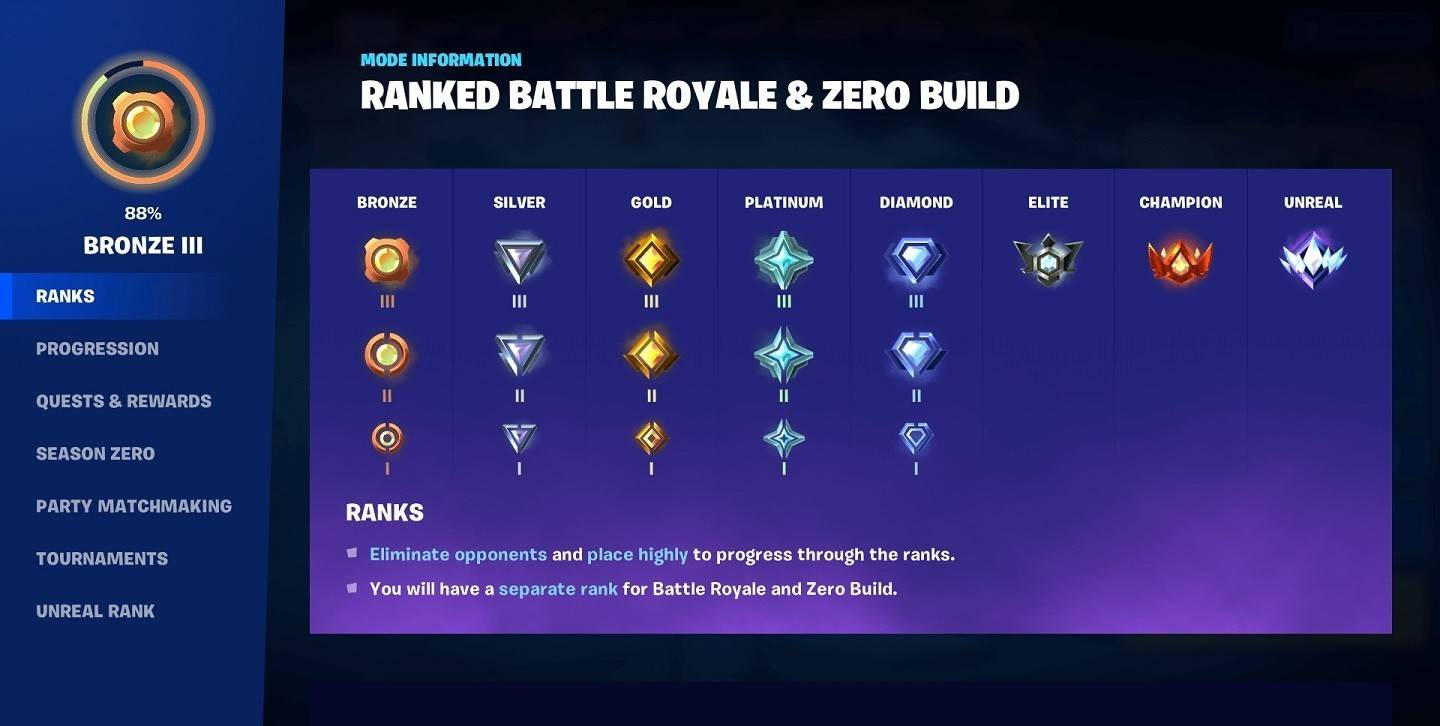 Image: fortnite.com
Image: fortnite.com
In the previous mode, progression hinged on accumulating Fortnite arena points, which could be earned simply by participating in matches. This often led to unbalanced gameplay, where seasoned players might face off against those who amassed points through sheer volume of play rather than skill.
The current system introduces a calibration period for new players, where the first few matches determine their starting rank. Performance metrics such as battlefield success, eliminations, overall effectiveness, and match placement are crucial in setting this initial rank.
Fortnite’s Ranked Mode encompasses eight ranks:
Bronze—Ideal for beginners getting accustomed to competitive play.
Silver—For players with some experience, though results may be inconsistent.
Gold—For players confident in their mechanics and tactics.
Platinum—Where both shooting prowess and strategic positioning are key.
Diamond—A level where opponents deploy advanced strategies, intensifying matches.
Elite—Reserved for strong and consistent players.
Champion—For top players who excel in outplaying challenging opponents.
Unreal—The pinnacle of Fortnite's competitive play, hosting the elite.
The first five ranks are subdivided into three tiers, e.g., Bronze I, II, and III. Matchmaking ensures fair competition by pairing players within similar ranks. At higher tiers like Elite and above, the system may include opponents from adjacent ranks to minimize wait times.
Rank mobility is a core feature; frequent losses can lead to a drop in rank, except for the Unreal rank, which is a permanent achievement with an internal ranking system to distinguish top players.
At the start of a new season, players undergo recalibration, but their previous rank influences their new starting position. High-ranked players won’t begin anew but may be placed slightly lower to reaffirm their skill level.
How to Raise Your Rank
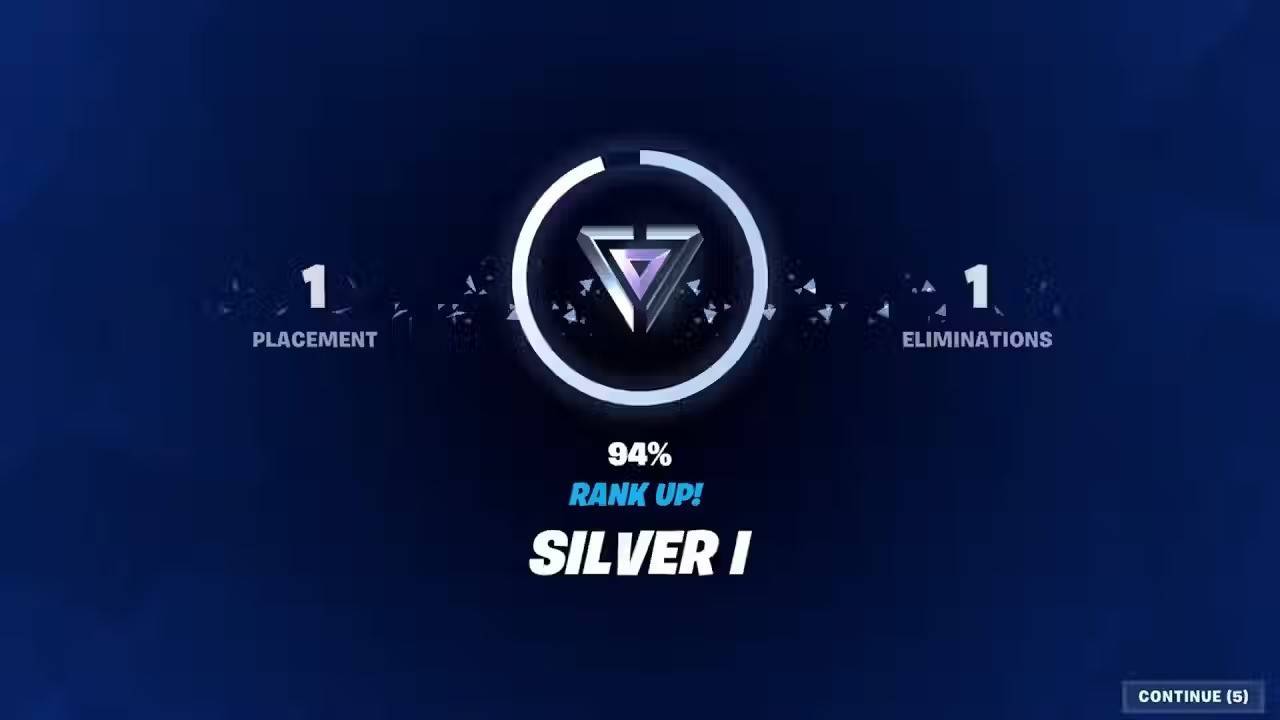 Image: dignitas.gg
Image: dignitas.gg
Advancing in the ranking system hinges on match performance. As you ascend, the competition stiffens, and so do the rating requirements.
Placement in the Match
Your final standing in a match is pivotal for rank progression. Higher placements translate to more rating points:
- Winning a match yields the highest rating boost, showcasing your dominance.
- Securing a top 10 finish still provides a substantial rating increase, promoting consistent high performance.
- Early elimination yields no points and can even decrease your rating at higher ranks.
- To climb steadily, focus on both eliminating foes and surviving longer in matches.
Eliminations
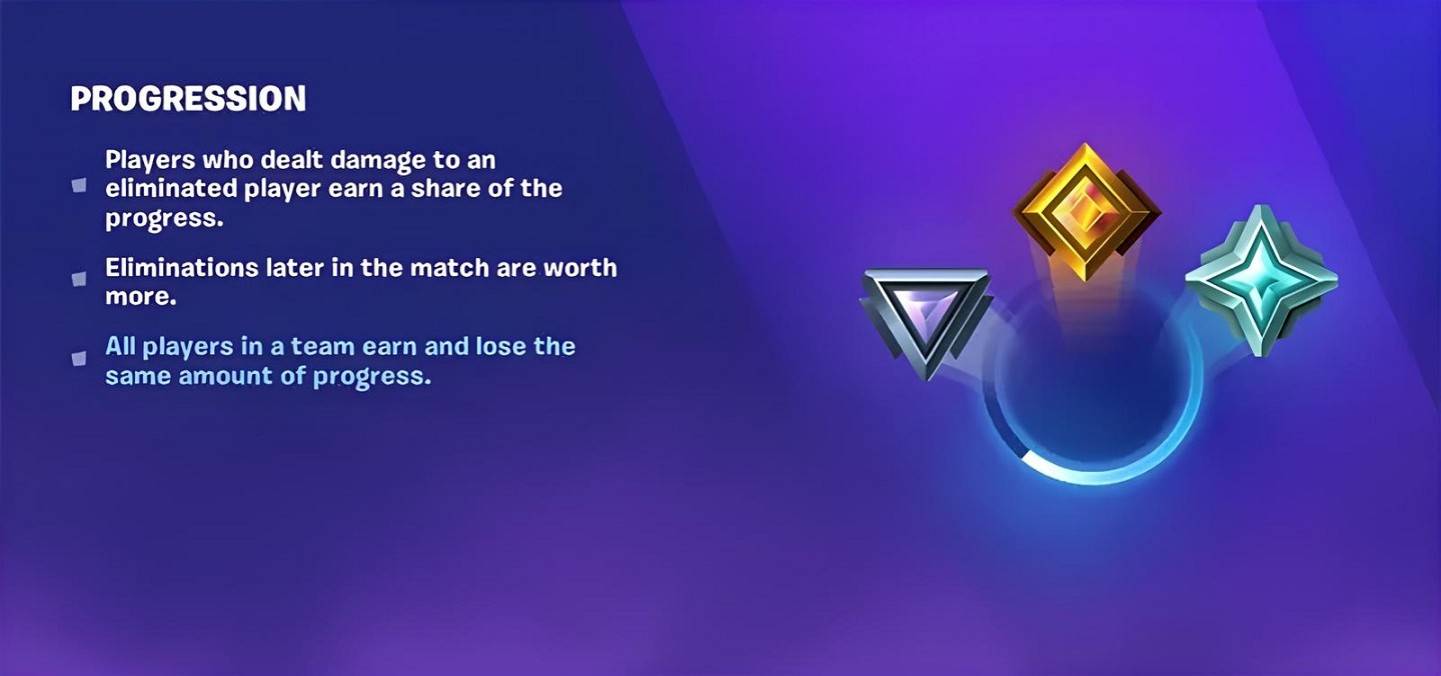 Image: obsbot.com
Image: obsbot.com
Eliminating opponents is another way to boost your rank:
- Each kill adds to your rating, with the impact varying by your current rank; lower ranks offer fewer points, higher ranks more.
- Late-game eliminations are more valuable than those in the early stages, as they involve tougher opponents.
- Both individual and team eliminations count toward your rating, with assists also contributing.
- An aggressive approach can accelerate your ranking but risks an early exit, so balance is key.
Team Play
In Duos and Squads, your contribution to the team's success is as important as individual achievements. Assisting teammates through healing, reviving, and resource sharing can keep your team in the game longer, enhancing your chances of victory.
Effective teamwork leads to collective success and faster rank progression. Even with fewer personal kills, supporting your team can ensure a stable rating increase.
What Rewards Can You Get
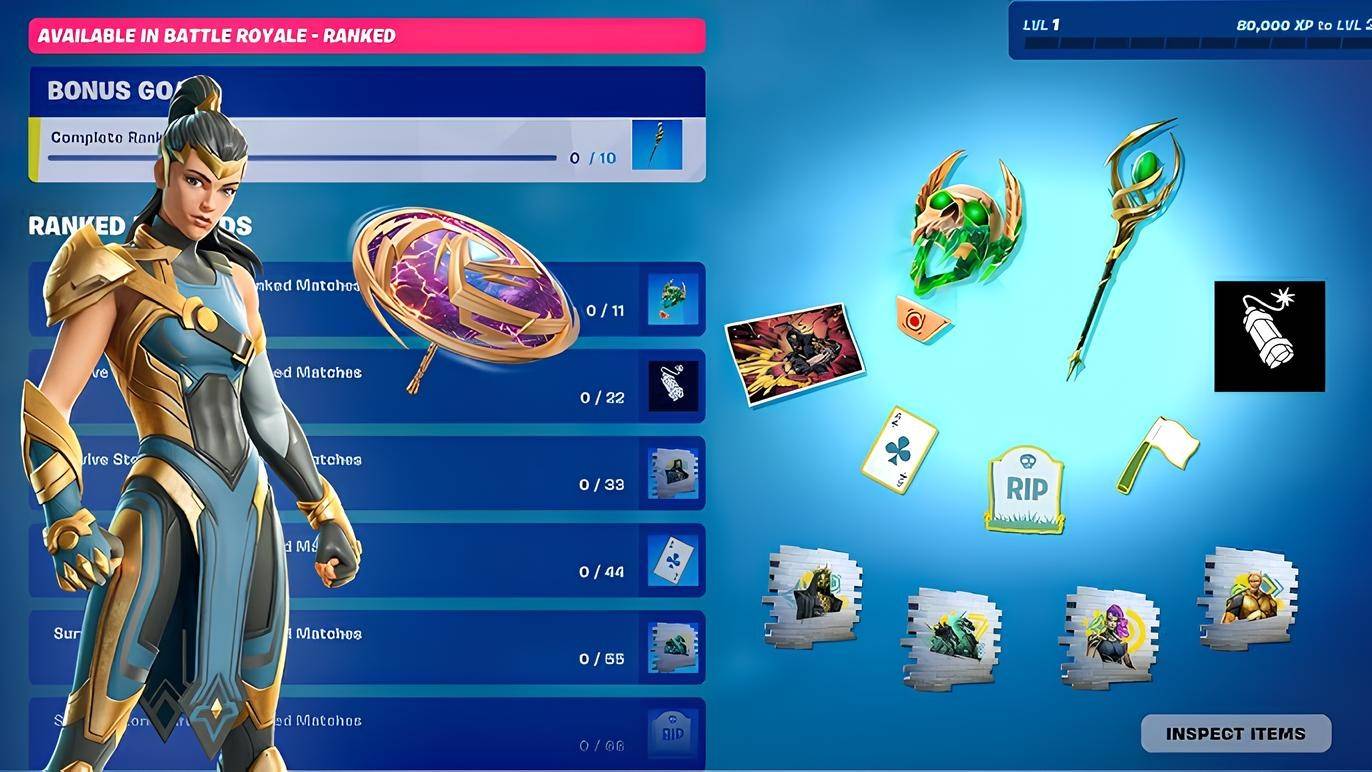 Image: youtube.com
Image: youtube.com
Fortnite's Ranked Mode not only challenges your skills but also offers exclusive rewards for your efforts. These rewards are earned by advancing through the ranks and completing special challenges:
- Rank emblems and badges that proudly display your current level in the lobby.
- Emotes and sprays to flaunt your achievements during matches.
- Exclusive skins, available only for the season, awarded for completing Ranked Mode challenges.
- Reaching the Unreal rank grants you a unique status and a spot on the global leaderboards, which are updated in real-time.
- High ranks can also open doors to Fortnite esports events, provided you meet the tournament criteria.
Useful Tips for Ranking Up
 Image: fiverr.com
Image: fiverr.com
To excel in Fortnite's Ranked Mode, a combination of skill and strategy is essential:
- Master the map and key locations to swiftly gather resources and weapons, and secure advantageous positions.
- Play to your strengths; if you're a sharpshooter, consider an aggressive style, whereas tactical players might benefit from a more patient approach.
- Choose your landing spot wisely based on your playstyle; busy areas for aggressive starts or quieter zones for a safer beginning.
- Gain control of high ground for tactical advantages; it's easier to shoot from above and harder for enemies to hit you.
- Stay vigilant of your surroundings, staying within the safe zone and planning escape routes to avoid being trapped.
- Team up with reliable players; in ranked matches, coordinated efforts often determine the outcome. Effective communication and teamwork boost your chances of success.
- Sharpen your reflexes and speed to make quick decisions and construct cover on the fly.
- Learn from the best by watching professional streams and analyzing their tactics for insights you can apply in your games.
- Keep abreast of updates; Epic Games frequently adjusts weapon balance, map elements, and mechanics. Stay informed and adapt your strategy accordingly.
Consistent practice, learning from your errors, and adapting to different scenarios will gradually elevate your rank. Embrace challenging matches, continue improving, and enjoy the journey. Over time, you'll see steady progress and climb the ranks with confidence.
Latest News
more >-
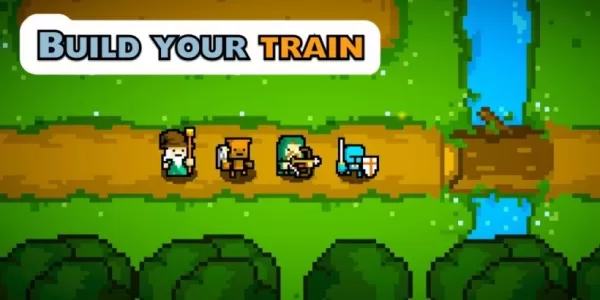
- MageTrain Releases Spellcasting Game for Mobile
- Dec 29,2025
-
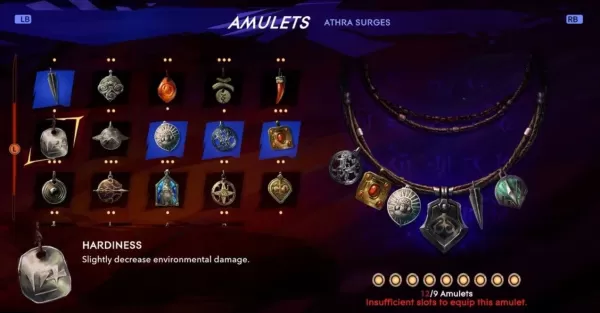
-

- Prime Youth Offer: A Top Deal I Miss As An Adult
- Dec 27,2025
-
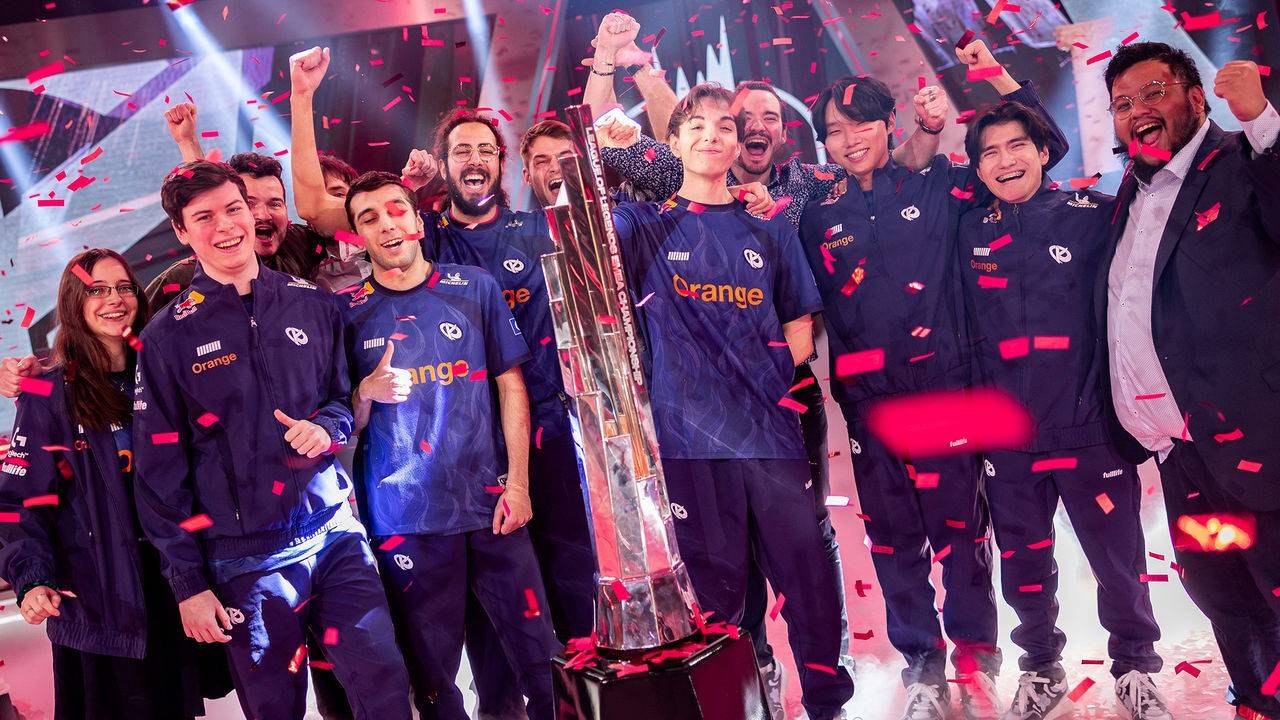
- LoL First Stand 2025: Why It Matters
- Dec 26,2025
-




